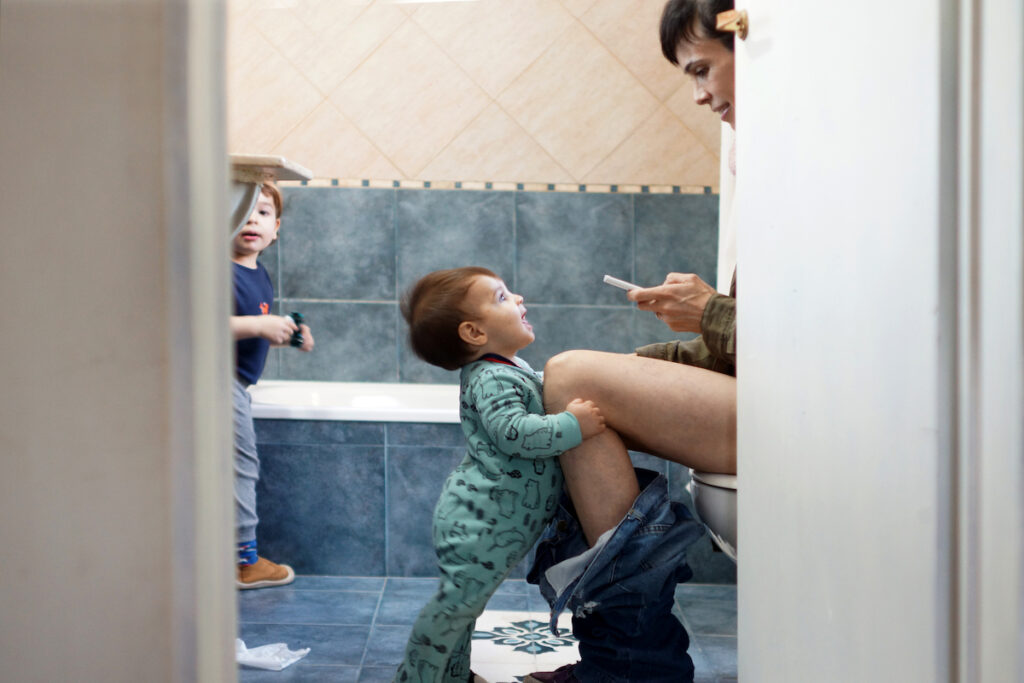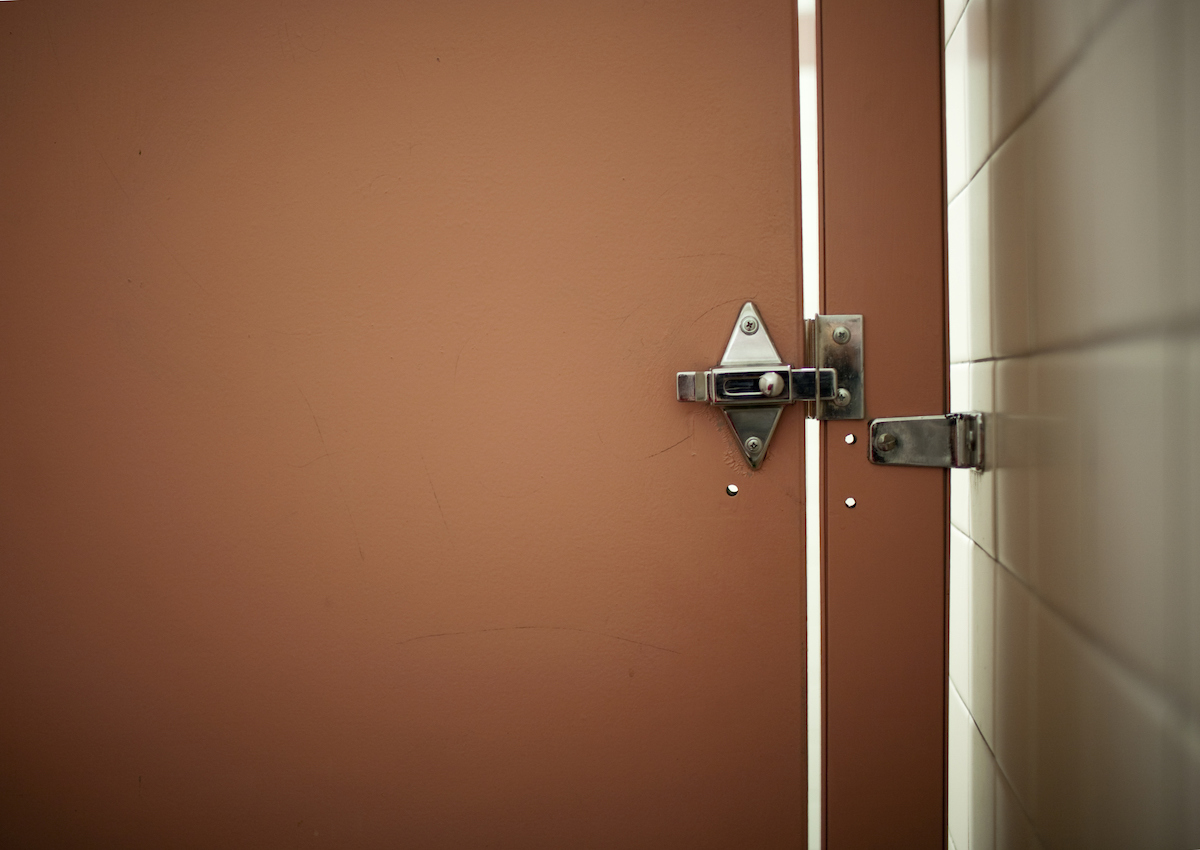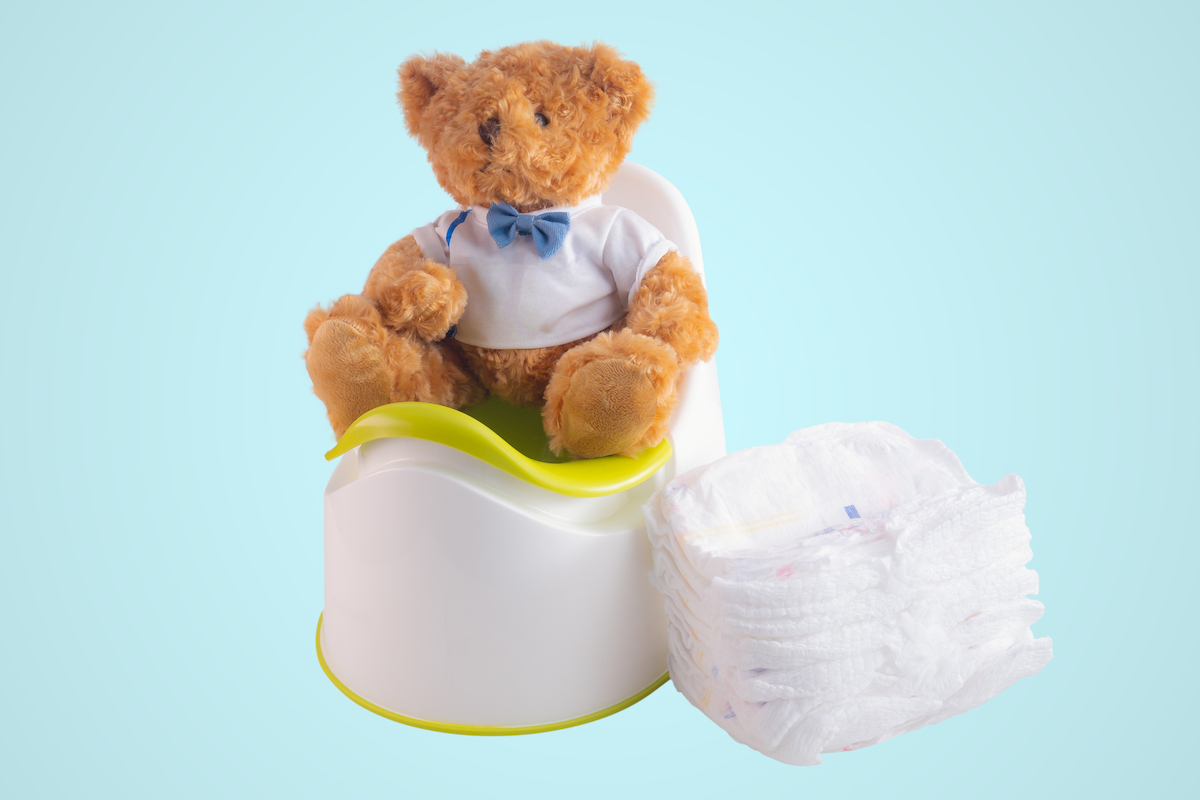It struck me the other day how astonishingly imbalanced our discussion of digestion is. Think about how much time we spend on food, for ourselves and our kids. Forget about the eating of the food — I’m talking about the time we spend thinking about it. What should we eat? What’s healthy? How did that taste? Did it fill me up? Are my children getting enough vegetables? (No, definitely not.) There are thousands of books written about food.
The other side of the digestive coin — the pooping side — gets so little love. In polite company, we rarely discuss it. You’d be happy to ask a colleague how the food tasted at that new restaurant that just opened, but I bet you wouldn’t ask how eating there impacted the next day’s bowel-movement frequency.
And yet! Our poop is quite informative. It can diagnose disease (blood in the stool, for example, is a possible sign of cancer). More basically, the quality of our poop is a way to measure whether our diet and lifestyle choices are working out. It turns out there are better and worse ways to poop.
Today we will merely scratch the surface of this important set of issues. First, since this is ParentData, I’ll start with some parenting data; specifically, a new review article on the frequency of poop in infants and children. I’ll then move to adults, and look at some data on poop frequency, poop quality, and what influences them.
I need the short version today — take me to the bottom line!
Infant and child poop frequency
In a recent issue of the Journal of Pediatrics, a team of researchers took on a simple problem: poop frequency. The objective of the paper was “To summarize available data on defecation frequency and stool consistency of healthy children up to age 4 in order to estimate normal references values.” Work like this doesn’t usually get the kind of breathless coverage of, say, a poorly done paper on screen time and cognitive development. Which is a shame, since these are questions that parents (and doctors) want answers to.
The paper is a meta-analysis, combining 75 studies with over 16,000 children and more than 40,000 poop frequency measurements.
The authors separate kids into two groups based on age: young infants (0 to 14 weeks) and young children (15 weeks to four years). This differentiation roughly captures a distinction between when an infant would be fed completely with either breast milk or formula versus a period when solid food may come in.
Top-line findings: Infants under 14 weeks had an average of 22 poops a week (about three per day) but with an enormous range — the typical range was from 3.9 per week to 35 times. Young children pooped at lower frequencies, an average of 10.9 per week, with a range from 5.7 to 16.7. Among babies, formula-fed babies tend to poop less frequently, but with harder stools. As kids age, their poop becomes harder in general.
These ranges are useful for satisfying basic parent curiosity but also may provide some guidance about when to worry. With such large ranges of normal, for most parents, seeing this is going to let them know that what they are seeing in their own child is fine.
The most common pooping issue that comes up in kids (especially as they age into solid food) is constipation. This can occur because of kids being nervous about pooping, because many common kid foods are lacking in fiber, or for a variety of other reasons. Constipation — short- and longer-term — is incredibly common in kids, and there are various approaches to treating it. Too many for today, but if you’re in this boat, we’ve got a long ParentData post all about it that you can check out here.

Adult poop
When we turn to the question of pooping as adults, there are really two things to consider. The first is poop frequency, and the second is poop quality. To TL;DR the below: you want to be pooping at least every day, and you want the poop to be soft but not too soft. Don’t worry, there are pictures to help define that.
Frequency
There are many ways to learn about pooping frequency in adults. The easiest option is to ask people retrospectively (i.e. how many times did you poop last week?); the most reliable is to ask them to keep a diary.
To start with the prospective data, we can look at a paper like this one. The authors studied 124 individuals with no medical issues and asked them to complete frequency and experience diaries about their pooping. Their primary findings on poop frequency can be seen in the graph below.
The most common stool frequency is around once per day, but the range is big. Plenty of people poop twice daily or more, and a few poop much less. The average is just above once a day — so think of most days as once, and sometimes you get a second round.
The authors conclude that any frequency between three times a week and three times a day would be considered “normal.” This is based on the full range in the study, combined with the fact that the people in the study did not have any gastrointestinal issues. Effectively, the authors looked at a bunch of people who they think are having normal digestion and inferred a normal range.
With only 125 people, it’s hard to get into detailed data on what drives variation. A much larger study — over 20,000 people — was able to study this using retrospective data. This study doesn’t have the detailed diaries. Instead, the researchers ask people how often they poop in a typical week and then look at the relationship between that and various characteristics. Notably, despite the difference in data collection, the frequency data looks very similar to the diary study.
The authors in this case look at how gender and diet and other behaviors impact poop frequency. They find that having a vegetarian or vegan diet, eating more fiber, and drinking more fluids are all associated with more frequent pooping. Women poop slightly less (an average of 8.6 times per week versus 9.9). Heavier alcohol consumption showed a weak link with more pooping for men but no link for women. And for both genders, people who do more vigorous exercise poop more (unsurprising, to me).
In general, from a health standpoint, we worry more about lack of pooping than too much. Less than once a day can indicate an issue with constipation, and if poop builds up for too long it can become painful to pass it. This is the same kind of constipation cycle that often affects children.
Quality
The second dimension of poop is quality, which is measured on something called the Bristol stool scale. The scale ranges from 1 to 7. An illustration is below.
Ideally your poop would be a 3 or 4. Hard or lumpy poop (types 1 and 2) can be uncomfortable or painful to pass and can be a sign of constipation. It can cause straining, which can contribute to hemorrhoids or anal fissures, in addition to being uncomfortable. If you’re often at a 1 or 2 on the scale and especially if you’re experiencing discomfort when pooping, this is probably a sign you need more water and more fiber. This quality issue is often also associated with a frequency issue. The solutions that apply to increasing frequency apply to improving quality.
On the flip side: everyone has diarrhea sometimes, and it’s often a reaction to a food issue or to medication. If you have chronically loose stools (that’s those in the Bristol 6 or 7), that could be a sign of an underlying condition like IBS or ulcerative colitis. In most cases, these would only be a consideration if you also had other symptoms: bloating, gas. Stools that are just loose, with no other symptoms, could reflect something you’re eating. It’s hard to know! We do not know enough about poop, I think.
Action items?
Maybe, maybe not. If you’re happy and comfortable with your current pooping, then maybe this is just interesting information to have. If you’ve got any children between the ages of 7 and 10, I am sure they will be thrilled to discuss it more.
If you’re not happy with your current pooping, this may give you some sense of the issue and maybe some things to try. The first thing to try is probably tracking — there are a number of good apps, like PoopLog or PCal, that can give you a baseline. From there, you can experiment: more fiber, more water, possibly eating at different times. In my case, after many early-morning runs spent finding a porta-potty, a tracker helped me figure out that I cannot eat cheese for dinner. A hard but necessary lesson.
A final note, since I know people will ask. Is there any evidence to support the use of a Squatty Potty? For the uninitiated, this is basically a step stool for your feet that fits under the toilet. Pooping with your feet on top of it changes the angle of the colon — it’s more like it would be if you squatted, hence the name. The claim is that this improves the experience, and at least some data does support that.
This study recorded 1,119 bowel movements among 52 participants. The participants pooped for some period with the squatty-potty device and for some period without. The authors found that use of the device dramatically increased bowel emptying, reduced straining, and made pooping faster. It is something to consider.
Happy pooping!
Bottom line
- Newborns poop between 4 and 35 times per week.
- Kids poop in a smaller range: 6 to 17.
- Adults poop on average about once a day, or a bit more.
- Poop frequency and quality can be improved with
- More hydration
- More fiber
- Want to do more? Try a poop tracker app or a squatty-potty!

















Log in